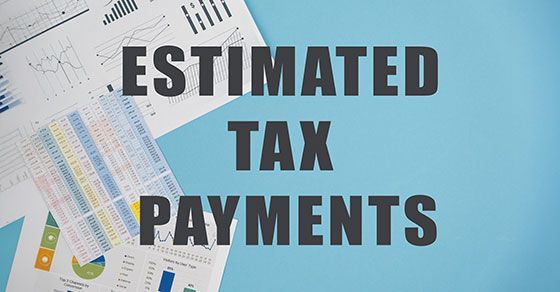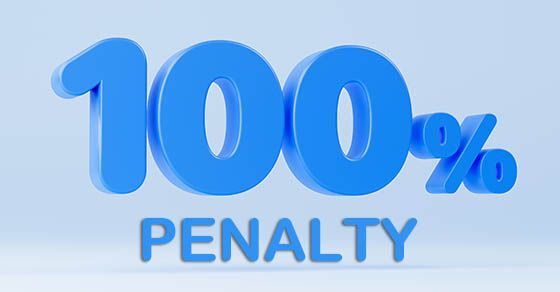D&O insurance may be worth considering for some companies
Strong leadership is essential to running a successful business. However, as perhaps you’ve experienced, playing the role of a strong leader can force you to make tough decisions that expose you to legal claims.
Business owners who are particularly worried about this type of risk can buy directors and officers (D&O) insurance to hedge against it. Although every small to midsize business may not need one of these policies, some should consider buying coverage.
Financial protection
D&O insurance financially protects business owners, executives and other leaders from legal claims arising from management-related decisions and actions.
Some common examples of such claims include breach of fiduciary duty, regulatory noncompliance and mismanagement of resources. Without coverage, leadership team members could be forced to use personal assets to pay legal costs as well as settlements or judgments.
Many D&O policies provide coverage from three perspectives:
- Side A, which protects insureds (covered individuals) when the business is unable or unwilling to indemnify (financially protect) them,
- Side B, which reimburses the company itself for indemnifying insureds, and
- Side C, which extends coverage to the company in case it’s named as a defendant in a lawsuit involving the insureds.
Not every policy covers all three. Specific coverage varies depending on the insurer and the policy buyer’s needs.
Reasons to buy
Many people believe only large companies and perhaps bigger nonprofits need D&O coverage. However, this type of insurance can benefit some small to midsize businesses under the right circumstances. It all depends on the industry and environment in which you operate.
First, assess your litigation risks. Have you been sued in the past? How likely is it that you or a member of your leadership team could face legal action from parties such as employees, independent contractors, customers, vendors or investors? Remember, even baseless claims can lead to considerable expenses.
D&O insurance may also fortify hiring and retention. If you need to recruit executives or other leaders, having strong liability protection in place may help you win them over. Good coverage could also reassure existing leaders who may be thinking about jumping ship or just worried about their exposure.
Finally, you may encounter a situation in which you must buy a D&O policy. Some lenders and investors require companies to implement coverage before they agree to provide capital.
Shopping tips
If you decide to pursue D&O insurance, you’ll face many of the same decisions you’d encounter when buying other forms of coverage. Here are some shopping tips:
Scrutinize scope of coverage. You need the policy to indemnify your insureds and company (if you opt for Sides B and C) against the most likely eligible claims. These may include financial mismanagement, employment-related lawsuits, fiduciary breaches, regulatory investigations or some combination thereof.
Discuss “must-have” coverage with your leadership team. Investigate whether legal fees are included with coverage or can be added at extra cost. Some D&O policies even cover claims related to management decisions or actions made in the past.
Beware of exclusions. Carefully identify what any prospective policy won’t cover. Standard exclusions include claims regarding intentional misconduct or criminal activity, such as fraud. In addition, most policies exclude claims involving bodily injury or property damage, though these may be covered under a general liability policy.
Focus on financial capacity. Premiums for D&O policies vary based on company size, industry-specific risks and claims history. A higher deductible may lower premiums, but it will increase your out-of-pocket costs before coverage kicks in. Look for an affordable policy that covers you against reasonable risks without overextending your company financially.
Confidence is key
D&O insurance may help you and your leadership team more confidently make the tough decisions necessary to run and grow the business. Explore the possibility of buying coverage with professional advisors such as your attorney and insurance agent. Meanwhile, contact us for help tracking and analyzing all your insurance costs.
© 2025










© 2024 | All rights reserved | N&K CPAs Inc.
